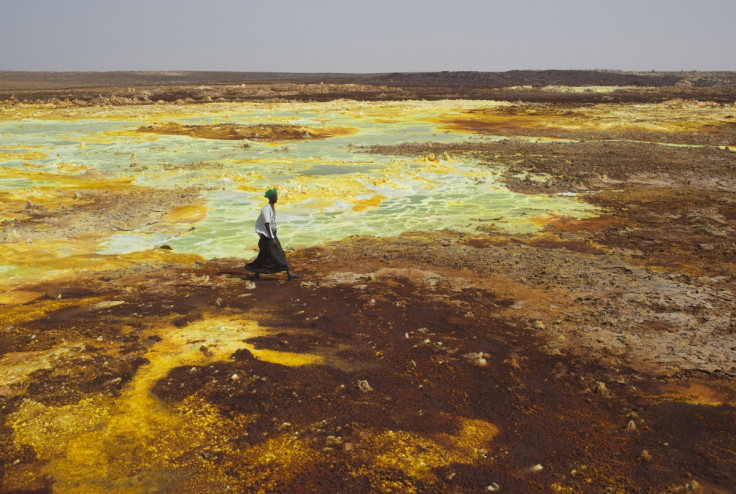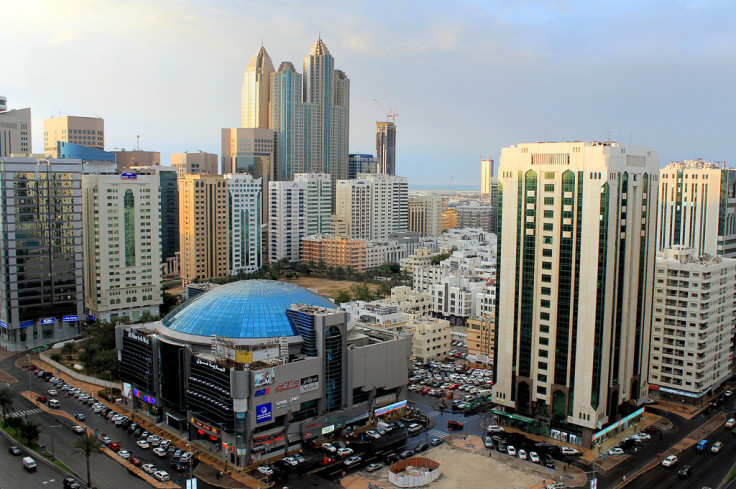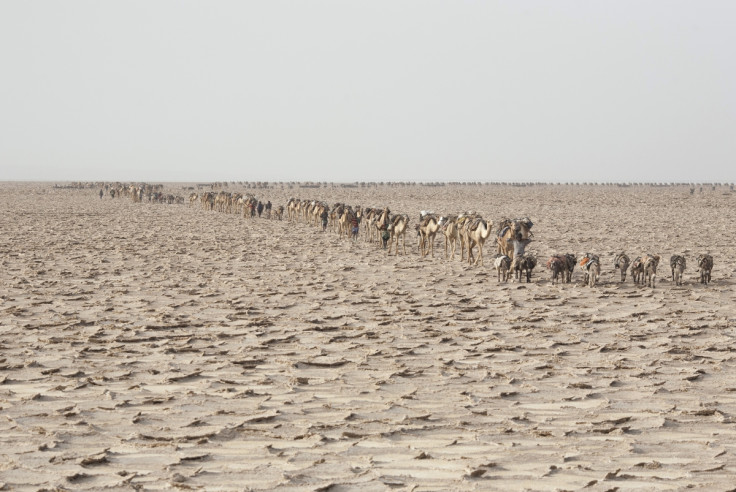Climate change to turn Persian Gulf into another Danakil Desert – the cruellest place on Earth

The Persian Gulf will one day look like the Danakil Desert or Danakil Depression, a barren landscape in Ethiopia dubbed one of the cruellest and hottest places on Earth with no permanent human settlement. Researchers say temperatures in the Persian Gulf will surpass the threshold of human tolerance by the end of the century, which will "severely impact human habitability in the future".
An international team of scientists published their findings in the journal Nature Climate Change. They were looking at the human body and its ability to cope with extreme temperatures. The body can adapt to extremes of dry-bulb temperatures (normal temperature) through perspiration and other cooling techniques so long as wet-bulb temperature (temperature and humidity or "mugginess" remains below the threshold of 35C.
This is the threshold set out for a fit human – and is lower for most people. Above this 35C threshold, the body cannot cool itself and survival becomes very difficult.
In their study, the researchers used regional climate model simulations based on two Intergovernmental Panel on Climate Change (IPCC) scenarios of greenhouse gas emissions to look at future temperatures in the region between 2071 and 2100.
Findings showed temperatures and humidity around the Persian Gulf will exceed this threshold within the 21<sup>st century if greenhouse gas emissions continue along a "business as usual" route. Cities affected included Abu Dhabi, Dubai, Doha, Dhahran and Bandar Abbas.

Under a reduced greenhouse gas emission scenario, researchers found extreme conditions could be avoided if "significant mitigation" took place on a global scale.
Researchers said that while wealthy nations in the Persian Gulf may be able to adapt to these temperatures through air conditioning and a shift towards indoor activities, not all regions would fare so well. "Although much of the oil produced in this region eventually ends up in the atmosphere and contributes to global climate change, the same oil brings significant financial benefits to the region. These same benefits enhance the capacity of the region to adapt to climate change," they wrote.
"Although it may be feasible to adapt indoor activities in the rich oil countries of the region, even the most basic outdoor activities are likely to be severely impacted. In contrast, the relatively poor countries of south-west Asia with limited financial resources and declining or non-existent oil production will probably suffer both indoors and outdoors."

They said places like Yemen would be severely affected, with the likelihood of premature deaths among the weakest in society to increase. Indeed, they said the landscape of some regions in south-west Asia would become akin to those seen in the Danakil Depression. This area is one of the hottest on Earth in terms of average temperatures and there is no rain for most of the year.
"A plausible analogy of future climate for many locations in south-west Asia is the current climate of the desert of Northern Afar on the African side of the Red Sea, a region with no permanent human settlements owing to its extreme climate," researchers said.
Another warning was in relation to the annual Hajj pilgrimage, when around two million people travel to Mecca for the annual event, which can occur at the height of summer for several years in a row. "This necessary outdoor Muslim ritual is likely to become hazardous to human health, especially for the many elderly pilgrims, when the Hajj occurs during the boreal summer."
© Copyright IBTimes 2025. All rights reserved.






















